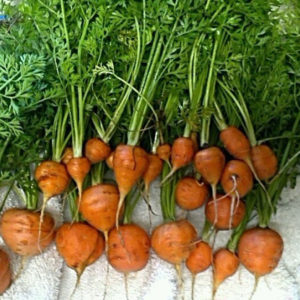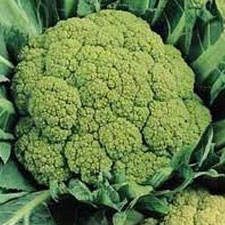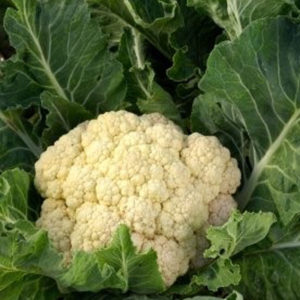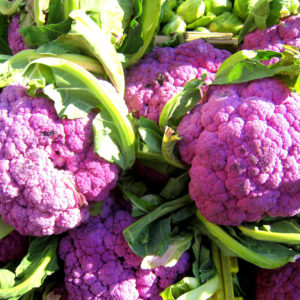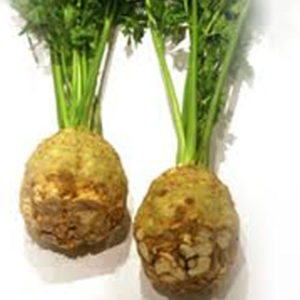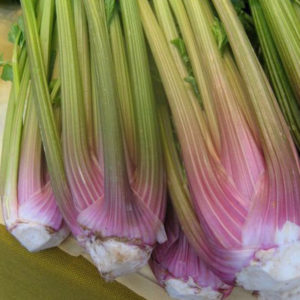-
Out of stock
 Daucus carota Lovely violet red skin with yellow orange interior. Very sweet with slight spicy edge. Origins from America’s organic movement. Very popular eaten raw or slightly steamed. Over cooking looses flavour, colour and goodness of most carrots.
Daucus carota Lovely violet red skin with yellow orange interior. Very sweet with slight spicy edge. Origins from America’s organic movement. Very popular eaten raw or slightly steamed. Over cooking looses flavour, colour and goodness of most carrots. -
Out of stock

Daucus carota Golden yellow colour with an even sweeter flavour than most orange carrots. Origins from the Middle East and first recorded around the 14th Century. Moist and crunchy best eaten raw or slightly steamed and will retain its colour.
-
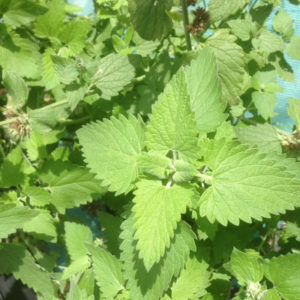 Nepeta cataria Growing to 100cm the soft green leaves with coarse-toothed edges have a slightly mint smell and is related. The flowers are thick, showy and great bee attractants. Catnip is seriously lovely by cats who rub against it enthusiastically. Has a long history of medicinal uses in the form of tea, juice, tinctures and poultices.
Nepeta cataria Growing to 100cm the soft green leaves with coarse-toothed edges have a slightly mint smell and is related. The flowers are thick, showy and great bee attractants. Catnip is seriously lovely by cats who rub against it enthusiastically. Has a long history of medicinal uses in the form of tea, juice, tinctures and poultices. -
Out of stock
 Brassica oleracea A rare combination of cauliflower colours that will all taste delicious yet with subtle differences.
Brassica oleracea A rare combination of cauliflower colours that will all taste delicious yet with subtle differences. -
Out of stock
 Apium graveolens var. secalinum Side picking celery more like Italian Parsley in look but definitely celery in flavour. Great if you can’t be bothered with all the fuss of blanching celery plants. Plant all year round in trays and transplant when no frosts.
Apium graveolens var. secalinum Side picking celery more like Italian Parsley in look but definitely celery in flavour. Great if you can’t be bothered with all the fuss of blanching celery plants. Plant all year round in trays and transplant when no frosts. -
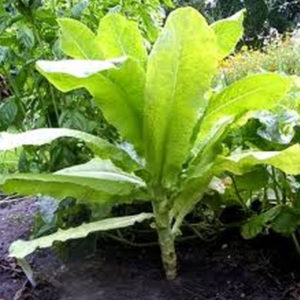 Lactuca sativa var. asparagine Also known as asparagus lettuce or celery lettuce amongst other things as this one is often grown for its thick stem which has a unique sweet flavour and is used after side picking the tender leaves. Note the leaves can be steamed and better grown in semi shade when hot to guarantee softer leaves for salads.
Lactuca sativa var. asparagine Also known as asparagus lettuce or celery lettuce amongst other things as this one is often grown for its thick stem which has a unique sweet flavour and is used after side picking the tender leaves. Note the leaves can be steamed and better grown in semi shade when hot to guarantee softer leaves for salads. -
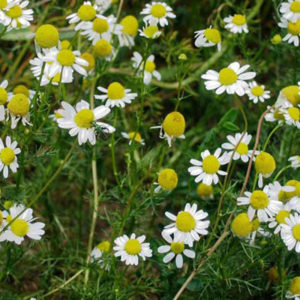 Matricaria recutita Daisylike flowers on this erect annual with green feathery leaves, looks great in any cottage garden. Chamomile flowers are used for a medicinal tea known amongst many things as a calmative and soothing on the stomach. Very fine dust like seeds can be broadcast in the garden or carefully planted on seed trays from Sept onwards when soil is warm. Seeds need light to germinate so sow on surface and water well.
Matricaria recutita Daisylike flowers on this erect annual with green feathery leaves, looks great in any cottage garden. Chamomile flowers are used for a medicinal tea known amongst many things as a calmative and soothing on the stomach. Very fine dust like seeds can be broadcast in the garden or carefully planted on seed trays from Sept onwards when soil is warm. Seeds need light to germinate so sow on surface and water well.


